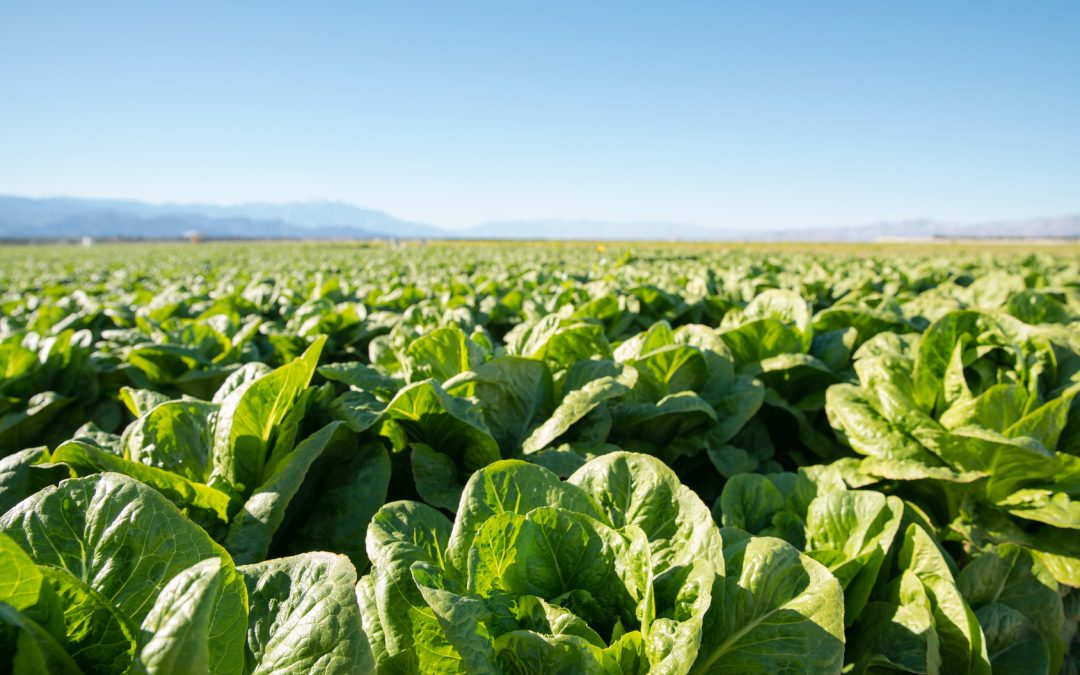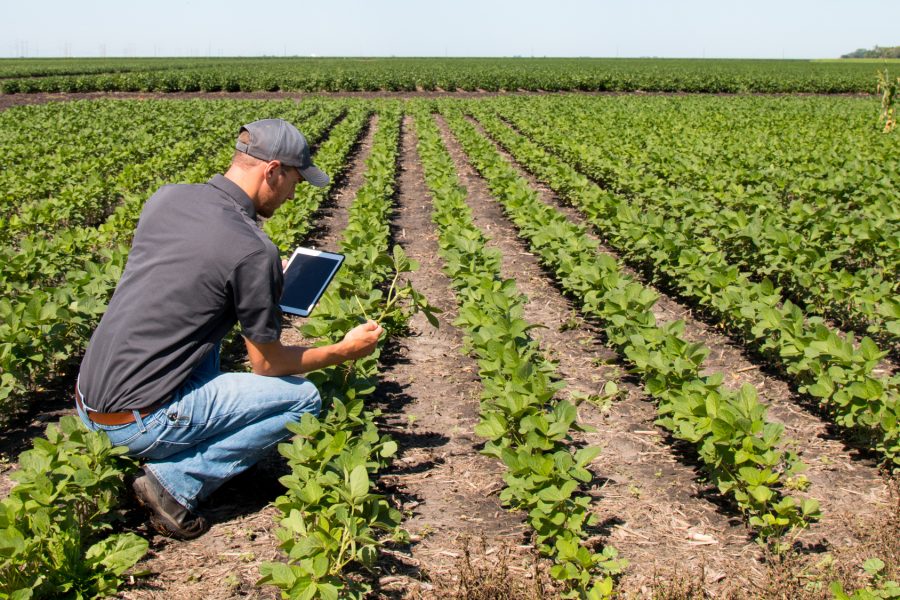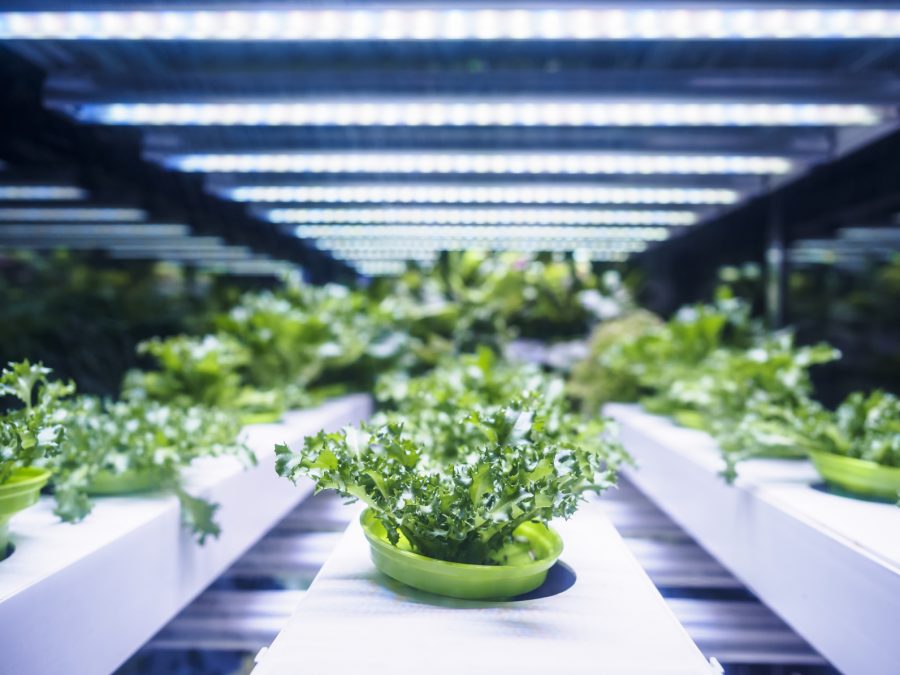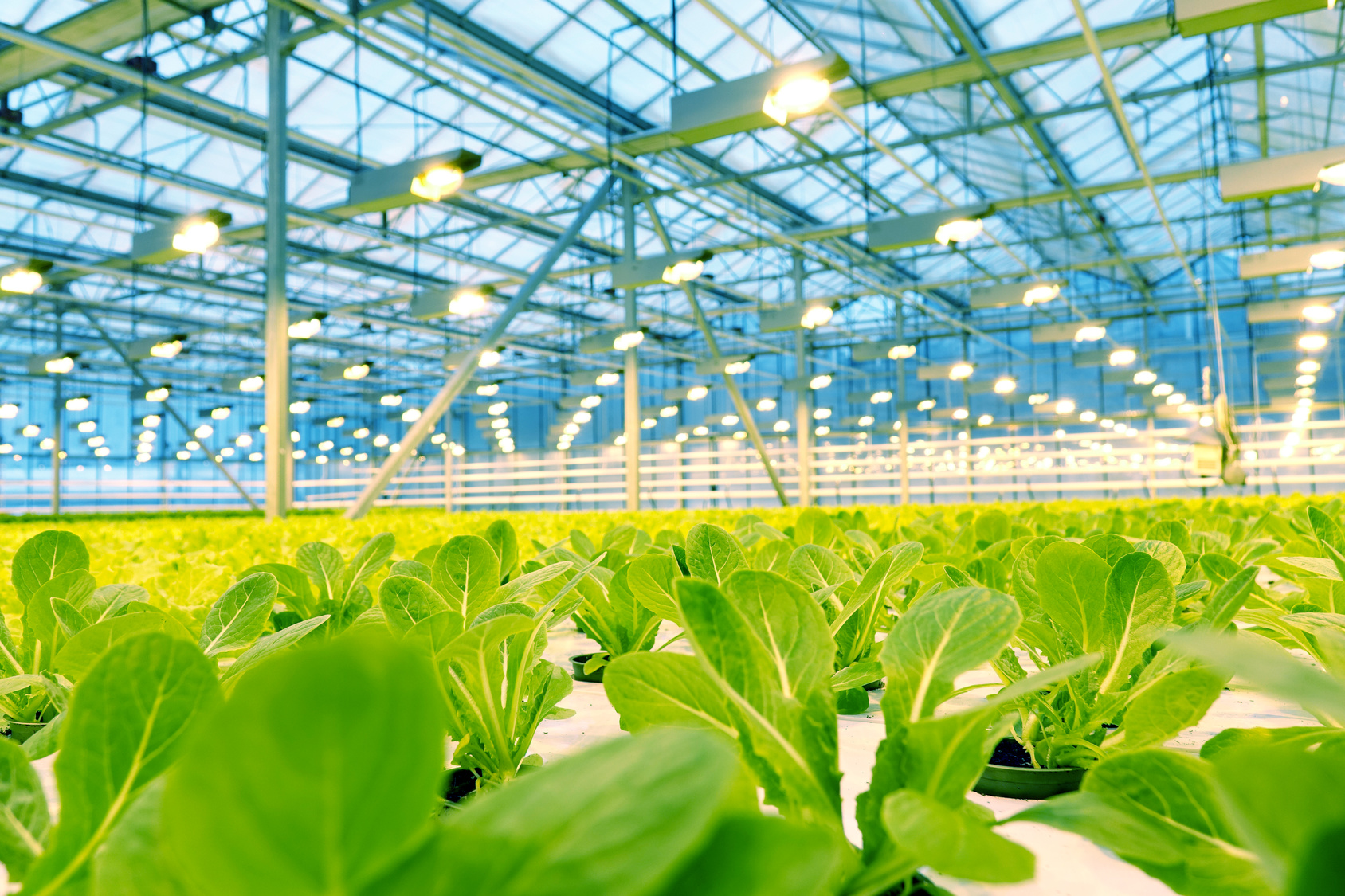The agriculture industry is facing a series of intertwined, complex issues over the next several decades. Conventional wisdom suggests that we face a critical supply shortage driven by four key questions:
Can we produce enough food?
- The world’s population will increase by nearly 50% over the next 45 years
- Rising incomes will increase demand for proteins such as meat and seafood.
- Because it takes roughly two-and-a-half pounds of corn to produce a pound of meat, agriculture production will need to double to support this new demand for protein.
Can we produce it sustainably?
- Since most of the arable land worldwide is already being used for farming, this growth is going to need to come from higher yields and greater efficiencies.
- Water is an increasingly scarce resource and agriculture already uses 70% of the world’s fresh water supply, so this growth is also going to need to come with less water.
- Fertilizer runoff, soil health, pesticide overuse are all creating additional concerns.
Where will we produce it?
- While these are global problems, production is not completely fungible from one country to the next, and the range of import / export limitations worldwide are a reflection that most countries view agricultural production at some level as a national security issue, demanding some level of independence.
- Global agricultural trade is also antiquated, with inefficiencies in documentation, banking and transport that limit potential growth.
Can healthy food be produced affordably?
- Consumers are demanding healthier, more nutritious foods, often equated with organic, but organic production usually has a negative impact on yield.
- Government regulations make it even more difficult and expensive for farmers to grow organically or convert their current operations to organic farming.
- This makes it difficult for production to keep up with demand causing organic prices to far exceed the price for conventional crops.
But, a case can be made that we may be facing a demand shortage!
- Lower demand for ethanol – New transportation technologies such as self-driving cars and alternative fuel vehicles are expected to cause oil demand to fall over time. 29% of the U.S. corn crop goes to ethanol. As oil gets cheaper, what will that mean for ethanol production and, by implication, the demand for corn and the land being used to grow it?
- Alternative sources of livestock feed – An additional 38% of U.S. corn production is used to feed livestock, but industrial proteins can now be produced cost effectively in bioreactors. These modular plants — essentially a protein factory — can be located anywhere in the world, are more resource efficient than corn production, and, in many instances, actually consume carbon as part of the process. Is this the future of livestock feed? What happens to that acreage?
- Alternative sources of specialty produce – Vertical farming has the potential to replace much of the land devoted to specialty crops, with one 30-story vertical farm, covering just five acres, replacing the production of more than 1,000 acres of traditional land. For a population of 2.5 million, vertical farms could feed them all on an area slightly greater than 200 city blocks. Vertical farms are more resource efficient, greatly reduce the possibility of foodborne pathogens, and also reduce the carbon footprint of food production by growing food in close proximity to the people it will feed. How much of the “no more arable land” question does this answer?
So what is it – not enough land, or too much? How will anyone know which is right? What are the alternatives?
Innovation in agriculture
All of this is to say that agriculture is going through a challenging period of disruption and the time is now for smart innovators to dig into these problems and start asking the tough questions.
- How much of a yield increase do we really need and in what crops?
- What are consumers, farmers and everyone in between willing to do to improve yield?
- Does anyone care if ethanol is produced with GMO corn?
- What about gene editing or other advanced breeding techniques? Will these gain consumer adoption and lead to the yield gains required?
- What about other emerging plant biotechnologies? Can good bugs be used to beat bad bugs? Plant and soil probiotics have the promise of higher yield while conserving resources. Bio pesticides and herbicides are taking a biology-based approach to ridding the industry of yield-reducing bugs and weeds. What’s next for these technologies?
- What if the grains that humans and livestock are consuming were more bio-available? What if we could digest a higher percentage of the nutrients in the plants we eat.
- Alternatively, what if the same plant had more nutrients in it? What impact would that have on reducing the amount of production required to feed the world?
- What alternative industrial crops might take the place of corn grown for ethanol? How about Russian dandelions that produce natural rubber? How about natural indigo that can replace synthetic dyes? Will farmers know how and when to make these shifts?
- And does it really matter if there are no more farmers left? What should be done about the decline in the American farmer and the emergence of large industrial or corporate farms? Is there a model that solves both of these questions simultaneously?
- What about sustainability? Consumers are demanding more and more from the foods they eat, and companies are being forced to respond. It is in the best interest of every farmer to grow sustainably to maintain the value of their land. Do farmers have the right tools or technology?
- The “free from” movement is also taking shape — free from pesticides, herbicides, and GMO. Soil health, nitrogen runoff, and water use must be addressed. How?
Van Trump Conference 2017
Innovation, both internal and external to the industry may just be the solution. Continuing on the conversations started at the highly successful iSelect conference in May, iSelect has partnered with The Van Trump Report as a lead sponsor of the Van Trump Conference 2017. On December 6 in Kansas City, many of these questions will be asked, discussed and, hopefully, answered. While we all know that there are no easy answers to the challenges facing the agriculture industry, The Van Trump Report and iSelect are leading the way to start the dialogue needed to innovate the industry to a successful conclusion.
Join us in Kansas City on December 6 and participate in the solution.
There will be 1,200+ ag industry execs on-site, including many of America’s top producers, traders, investors, retailers, processors, representatives from major seed companies, and more, making VTC2017 an excellent opportunity to network with a broad swath of the industry in a casual environment while hearing what many of the top minds in agriculture are thinking about the future of the business. Featured speakers will include Dennis Gartman, publisher of The Gartman Letter, offering an economic and ag market forecast; Kenneth Zuckerberg, Executive Director of Rabobank Food & Agribusiness Research; Carter Williams, CEO of iSelect Fund; Amol Deschpande, CEO of Farmers Business Network; Chris Harbourt, CEO of Agrible; Jesse Volmar, CEO of FarmLogs, Barrett Ersek, CEO of Holganix; Roger Beachy, CSO of Indigo Agriculture; Andy Daniels, CEO and founder of Kronus; John Newton with American Farm Bureau Federation; and many more. Other prominent attendees will include Benson Hill Biosystems, Fall Line Capital, Farmland Partners, Conservis, Lansing Trade, Conestoga Energy, CattleFax, University of Illinois, Texas A&M, and others.
For entrepreneurs in the ag space, this is a can’t miss opportunity to meet some of the brightest minds in the industry, learn about the latest in NEW ag innovations and get your products in front of many of agriculture’s most influential decision-makers. Here’s how to get involved:
Start-ups: The Van Trump Conference has dedicated exhibition space for Start-ups! In addition to a ticket to attend, exhibitors will also receive space at the event to display marketing materials and meet with other attendees.
Sponsors: A limited number of sponsorships are still available. Each sponsorship comes with a table for 10, an exhibitor booth, and a mention in all Van Trump Conference marketing materials.
Attendee: Just interested in attending? We would love to see you there!






